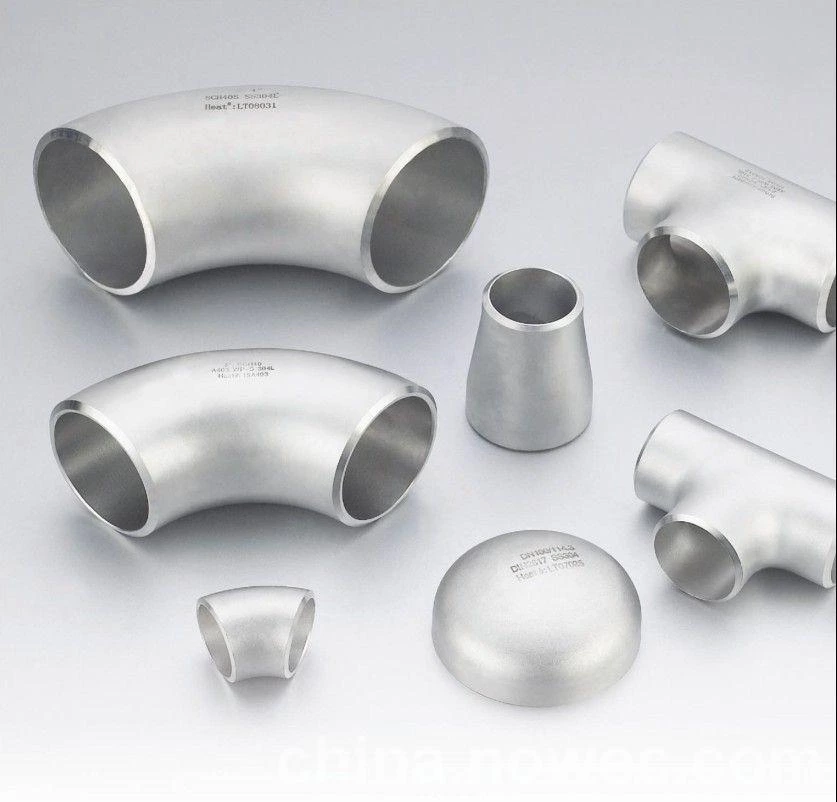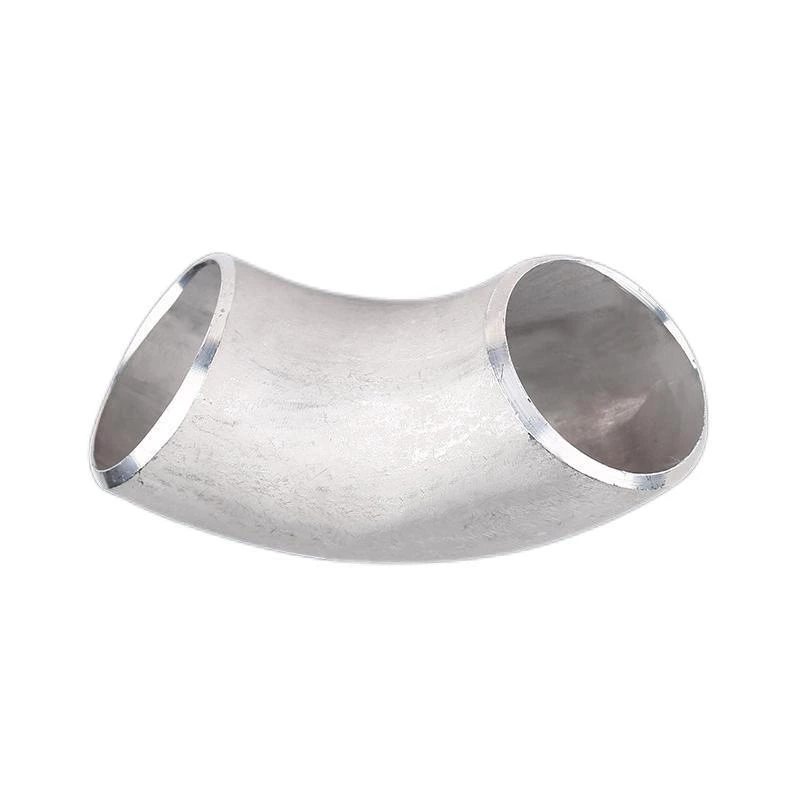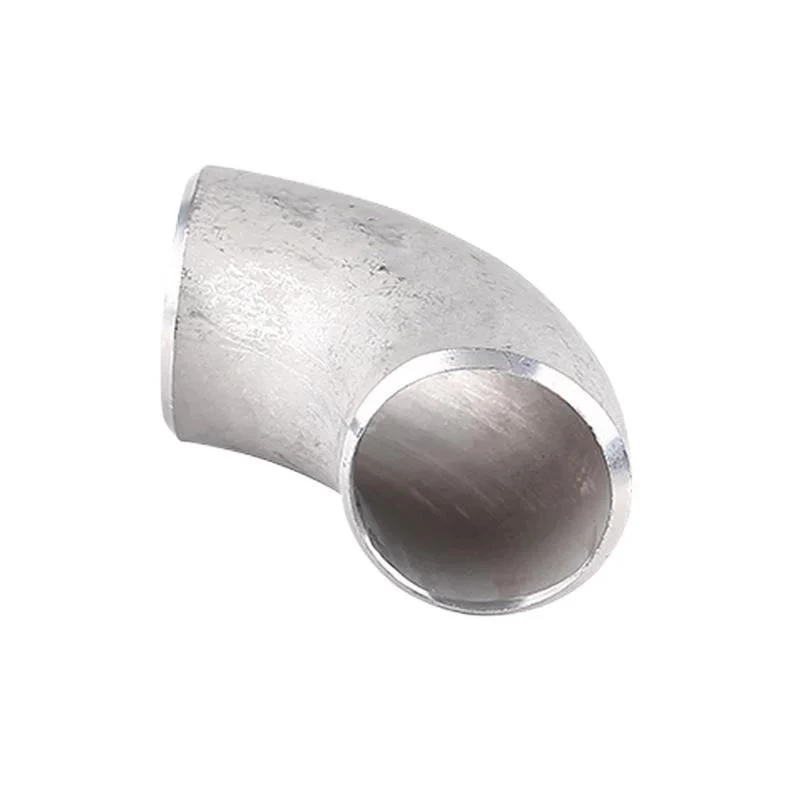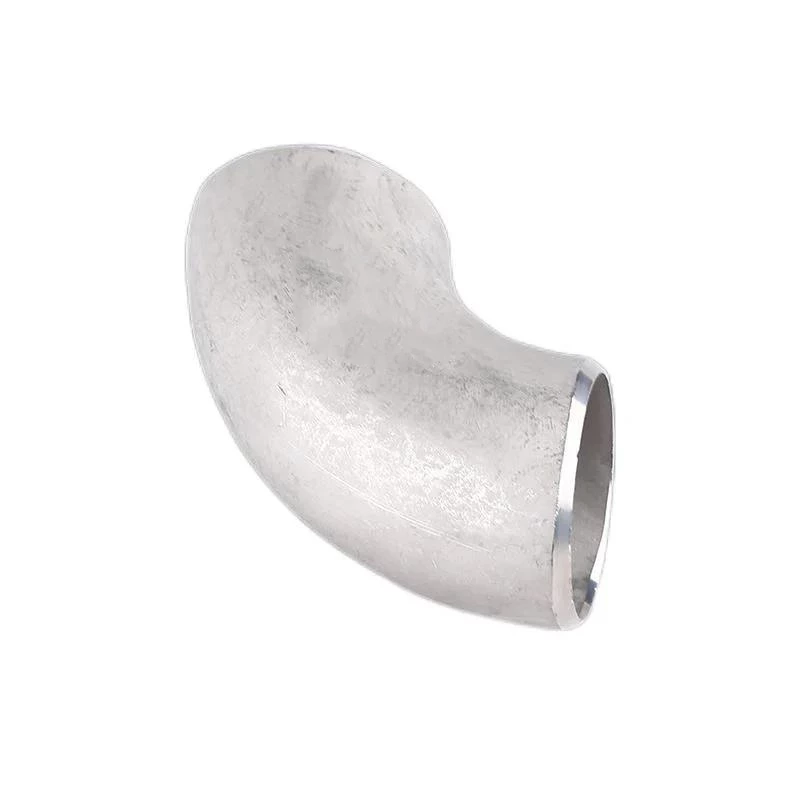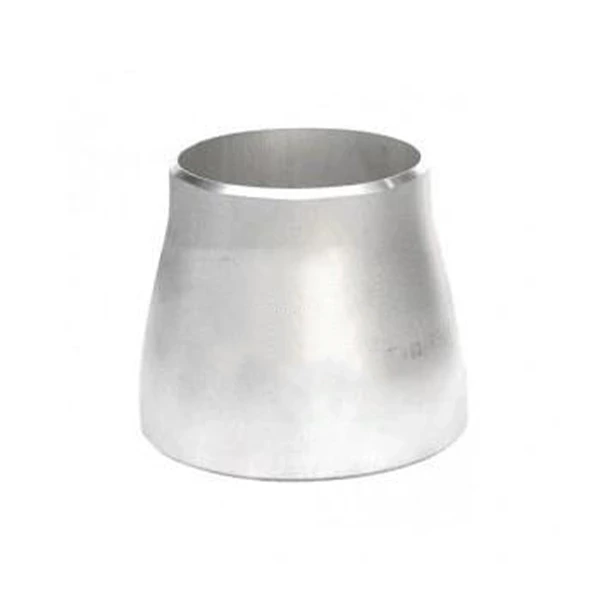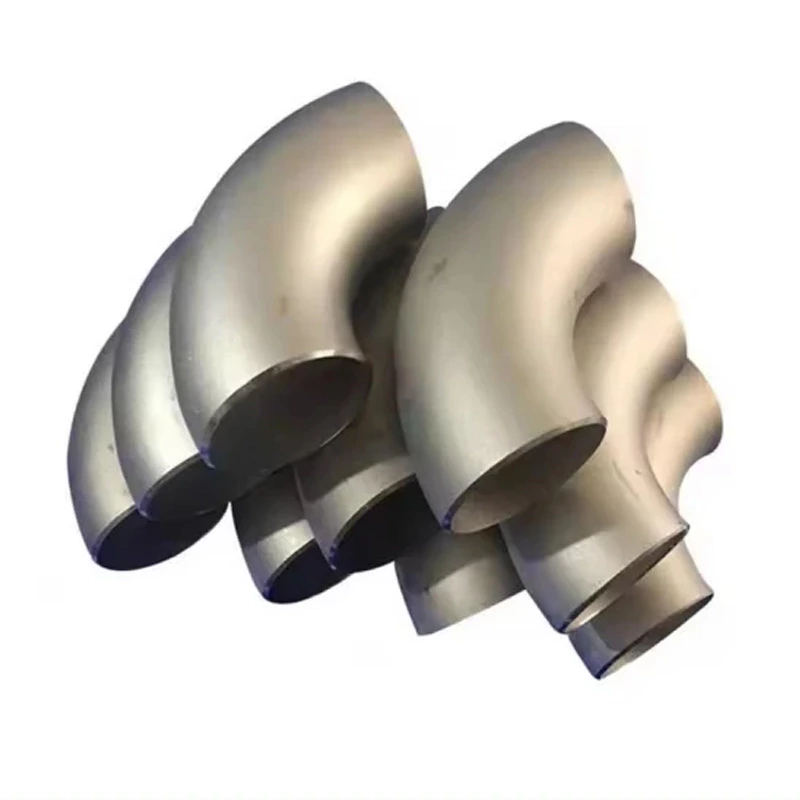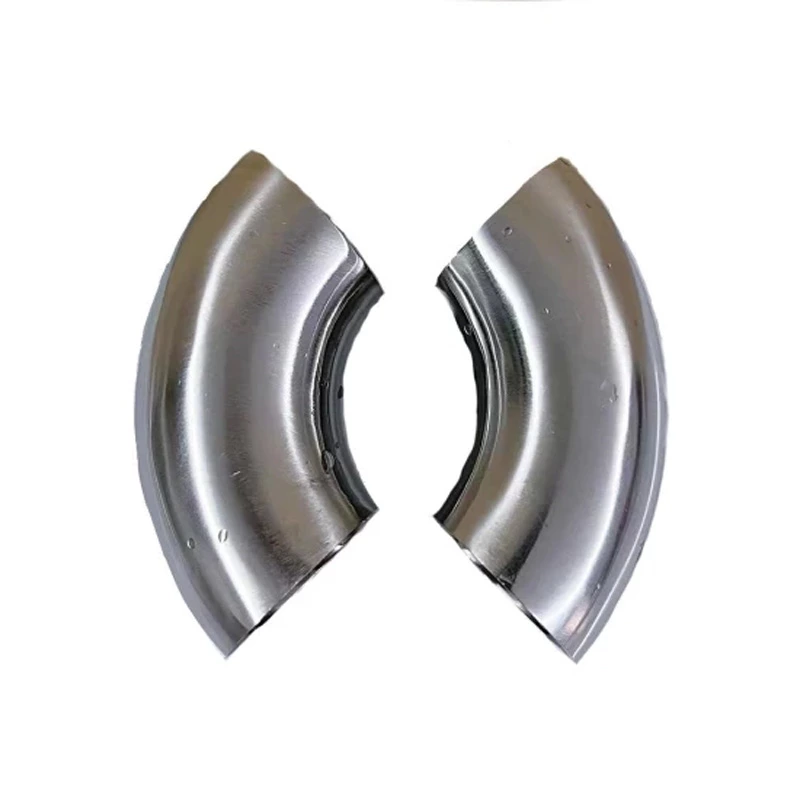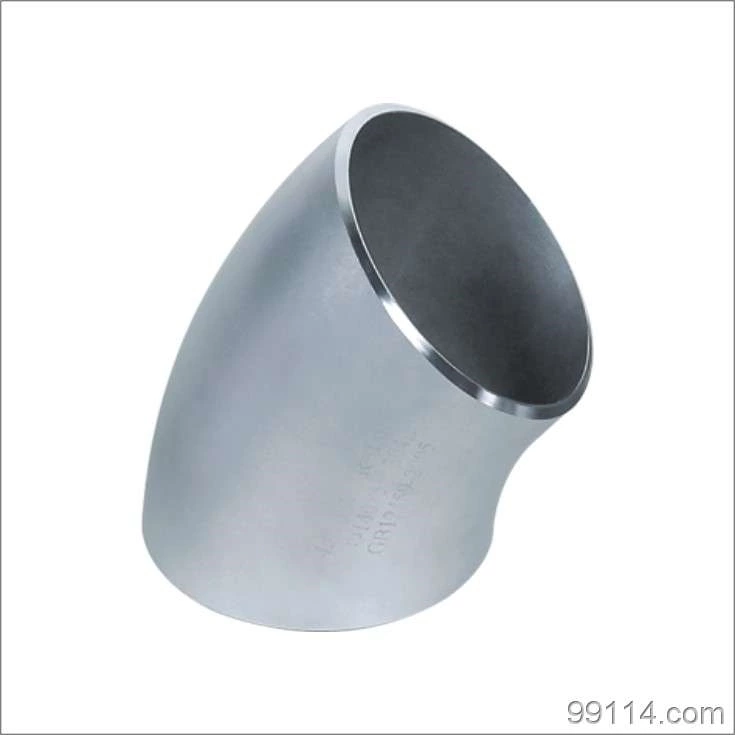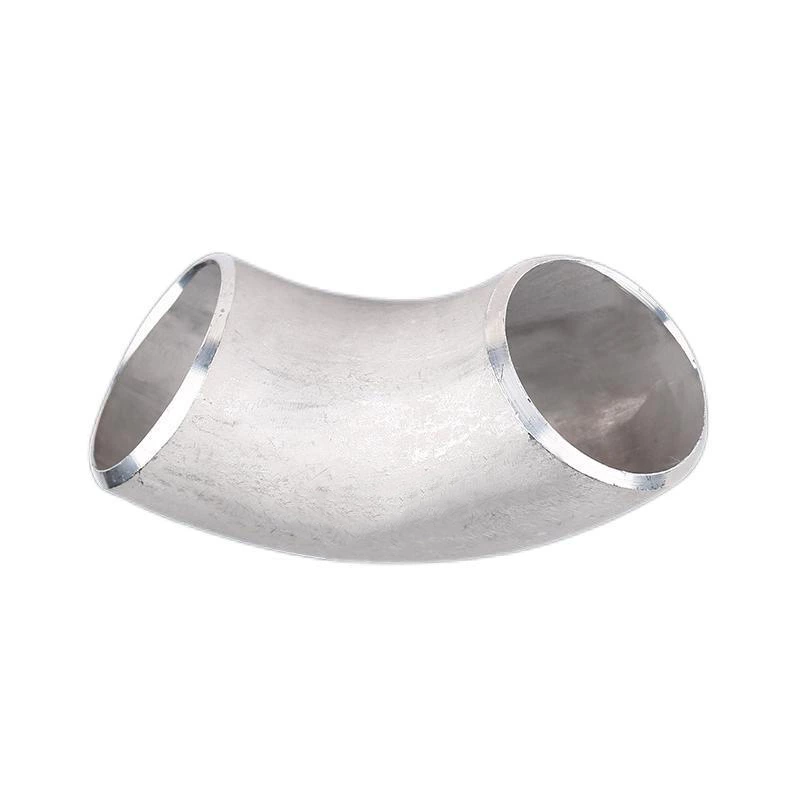Turning Problems During The Processing Of Stainless Steel Pipe Fittings
In the processing of stainless steel pipe fittings, cutting is a process worthy of attention. If you don't pay attention, some problems are easy to occur. For example, some irregular metal products are superimposed on the residual area of the machined surface. Adhesives or traces cause the surface roughness grade to decrease. Surface roughness has a great influence on the wear resistance, corrosion resistance and fatigue strength of steel pipes. Next, the surface of stainless steel product pipes is not smooth during cutting.
1. Built-up edge: The formation of built-up edge is due to the plastic flow of the block during cutting and the external friction between the tool and the block exceeds the internal friction, resulting in cold welding of the cutting bottom and the front of the tool under the huge pressure between the tool and the block.
The influence of built-up edge on the surface roughness of stainless steel pipes has two aspects: ① longitudinal grooves can be engraved; ② when broken and falling off, it will also adhere to its own processing surface.
The main reason is: when the built-up edge is in the growth stage, it is firmly bonded to the front cutting edge, so the possibility of the built-up edge engraving longitudinal grooves on the processing surface is greater than the adhesion to the processing surface. When the chip tumor is in the maximum range and the stage of regression, it is not very stable. On the one hand, although it sometimes carves grooves, it is more attached to the processing surface.
2. Scale burrs: refers to the scaly burrs on the processing surface. The reason for the scales is that during the cutting process, the chips have severe friction with the front blade surface. Under the extrusion of the accumulated bonding layer, the plastic deformation of the metal layer is aggravated, resulting in cracking of the processing surface in front of the blade. When the cutting force exceeds the bonding force, the chips flow out and cut, and the crack-guiding layer remains on the processing surface to form scale burrs. Scale burrs have a serious impact on the quality of the processing surface, often reducing the surface roughness grade of 304 stainless steel pipe by 2~4.
3. Vibration: If there is vibration during the cutting process, vibration lines will appear on the processing surface, and the surface roughness will increase significantly. Vibration is caused by excessive radial cutting force or too small workpiece system stiffness. Vibration is generated during the cutting process, causing vibration lines on the processing surface. The vibration lines are distributed longitudinally, transversely or obliquely. The height of the vibration wave is related to the amplitude, the density of the vibration line and the vibration frequency. Vibration not only has a great impact on tool wear, but also deteriorates the surface quality of the processed stainless steel pipe.
4. Other factors: In addition to the above reasons, the reasons for the rough and uneven processing surface are: extrusion friction marks caused by wear behind the tool; defects on the blade are reflected in the groove marks on the processing surface; chips and scratches.
Stainless Steel Weld Fittings during cutting, due to the geometric shape, geometric parameters, feed motion and roughness of the cutting edge of the tool, the material layer on the processing surface cannot be completely removed, leaving a residual area on the processing surface, and the height of the residual area constitutes the surface roughness.
